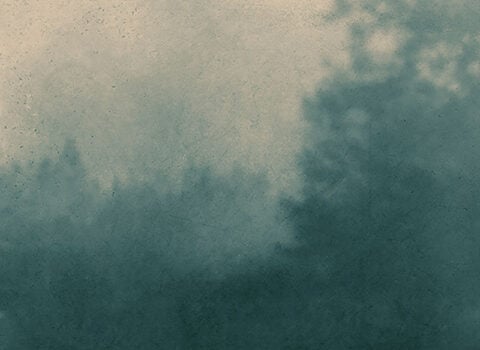The Cabrera family being welcomed at the Peking airport
© Personal archive of Sergio Cabrera, Marianella Cabrera, and Carl Crook
The novel form is capacious and elastic, in some instances deployed like a magnifying glass on a water droplet, and in others as a panoramic lens to encompass a vast landscape. Juan Gabriel Vásquez, the Colombian writer perhaps best known for his 2011 book The Sound of Things Falling, writes novels of the latter sort: his ambitious fictions tackle the darker sides of Colombia’s history and politics. His new book, Retrospective (Riverhead, $30), eloquently translated by Anne…

























































































